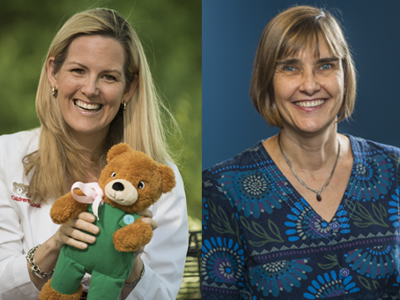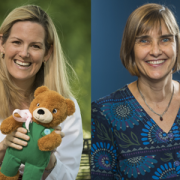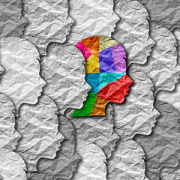Center for Neuroscience and Behavioral Medicine announces new leaders

Elizabeth M. Wells, M.D., M. H. S., was named Senior Vice President of the Center for Neuroscience and Behavioral Medicine, and Lauren Kenworthy, Ph.D., was named division chief of Neuropsychology.
The Center for Neuroscience and Behavioral Medicine at Children’s National Hospital recently announced the appointment of two new leaders. Elizabeth M. Wells, M.D., M. H. S., was named Senior Vice President of the Center for Neuroscience and Behavioral Medicine, and Lauren Kenworthy, Ph.D., was named division chief of Neuropsychology.
Dr. Wells obtained her undergraduate degree in psychology and biology at Harvard University and her medical degree at the George Washington University School of Medicine and Health Sciences. She was an Intramural Research Training Award fellow at the National Institute of Mental Health and holds a master’s in Health Science from the NIH/Duke Clinical Research Training Program. She completed pediatrics and neurology training at Children’s National and joined the faculty in the Brain Tumor Institute in 2011.
Dr. Wells has led the Children’s National Inpatient Neurology program and developed the hospital’s multidisciplinary Neuro-immunology program into a destination program for unsolved neuroinflammatory diseases. She serves on numerous national and international associations and working groups and is a member of the scientific selection committee for the Child Neurology Society.
Dr. Wells has served in leadership roles for the Clinical and Translational Science Institute at Children’s National and the District of Columbia Intellectual and Developmental Disabilities Research Center. She is principal investigator for a 10-year translational research study within the Children’s National partnership with the National Institute of Allergy and Infectious Diseases and was the Children’s National Hospital Medical Staff President from 2020-2022.
Dr. Kenworthy received a B.A. from Yale University and Ph.D. from the University of Maryland. She completed her internship and residency training in clinical psychology/pediatric neuropsychology at Harvard Medical School, Children’s Hospital Boston, Johns Hopkins Medical School and Mount Washington Pediatric Hospital. She has been on the faculty at Children’s National and GW since 1995. She is a national leader in autism research, as well as a distinguished author and speaker.









